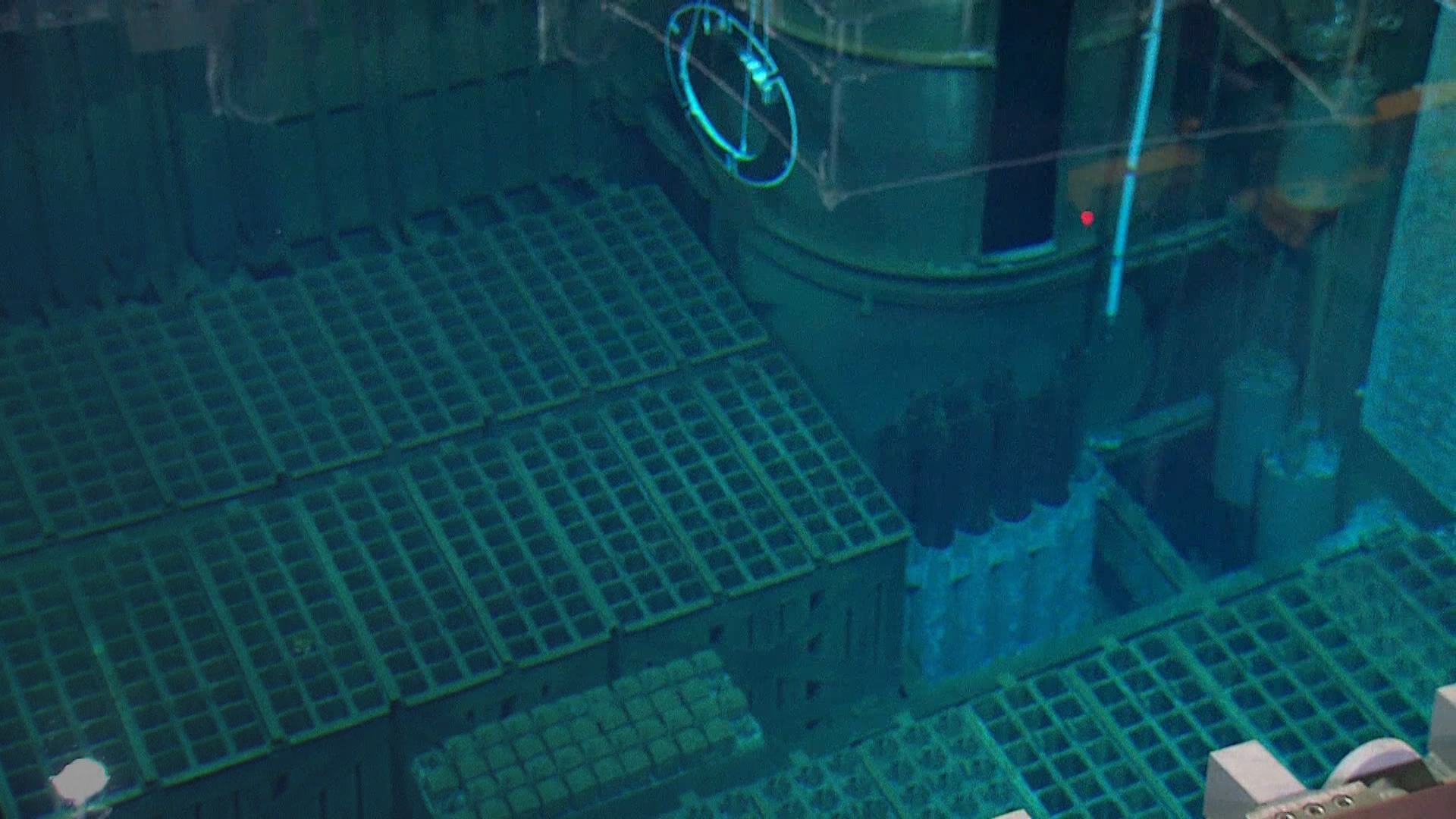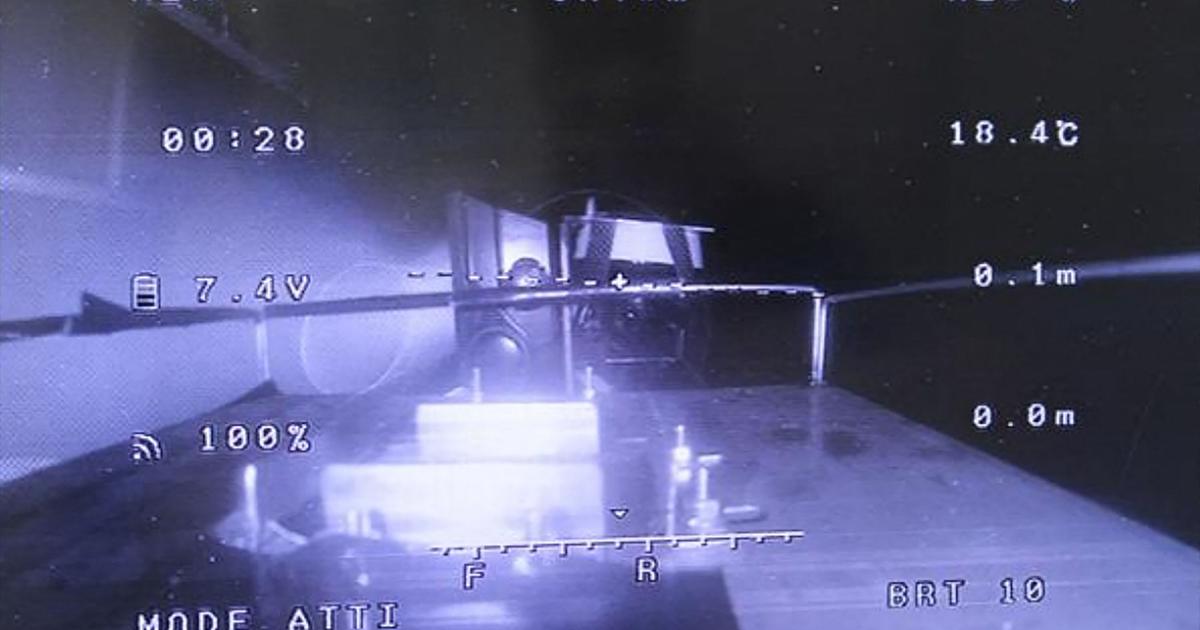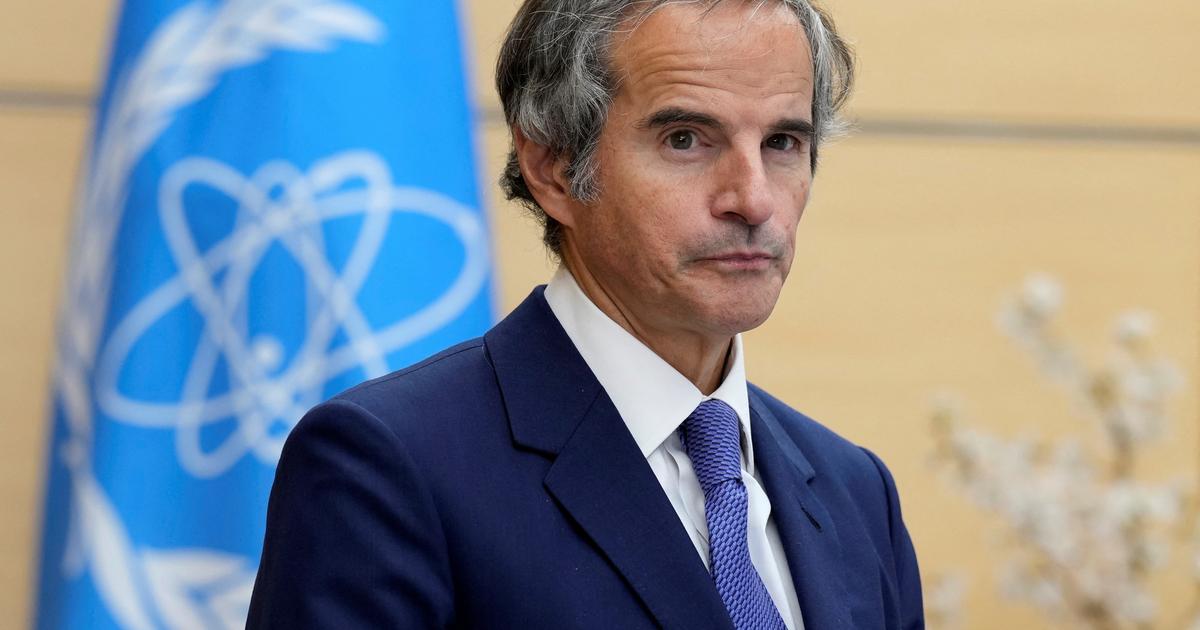The Japanese government on Tuesday formalized its decision to evacuate into the ocean more than a million tonnes of treated water, but still radioactive, from the Fukushima nuclear power plant, devastated after the 2011 accident. scientists say this dilution in the Pacific will be safe for human health and the environment, but the project is widely criticized by NGOs and local fishermen.
Valérie Faudon, general delegate of the French Nuclear Energy Society (SFEN), and Shaun Burnie, nuclear specialist in East Asia for Greenpeace, answered our questions.
"An extremely low level of radioactivity"
Before evacuating the wastewater, Japan will treat it via a device called “ALPS”, by “cleaning” it of most of its radioactive substances (radionuclides).
"All the water already treated in recent years will go through this system again," analyzes Valérie Faudon, general delegate of SFEN.
The only radionuclide that will remain, a priori, is tritium, which cannot be eliminated with current techniques, ”she explains.
The general delegate of the SFEN wants to be reassuring: “part of the waters of the lakes and the oceans contain tritium, but there, in Fukushima, it is a little more concentrated than in the natural state, even if there is some. little ”.
The doses of tritium released will be "low, about 16 g per million liters of water", estimates the expert.
"And once the wastewater is discharged into the ocean, it will further dilute, so it will be an extremely low level of radioactivity."
Greenpeace worries about health risks
But it is not sure that ALPS can "clean" the water "to the level it should," said Shaun Burnie of Greenpeace.
The nuclear expert also stresses that this system does not currently allow the elimination of radioactive substances such as technetium-99, carbon-14 and strontium-90, which, in the long term, could prove to be potentially dangerous for health. and for the environment.
“Strontium 90 attaches to the bones.
Through the food chain, it can reach humans, warns the specialist.
It increases the risk of blood cancer and leukemia.
You don't want to have to deal with him ”.
The option of discharging contaminated water into the seas is, however, one that was also supported by the International Atomic Energy Agency (IAEA), which considered that this solution was “in line” with “well-established practices”. " in the whole world.
A preferable solution to the evaporation of water in the air, believes Valérie Faudon: "It was difficult to measure exactly where the air would go".
In water, we know how to assess the dispersion of water and monitor exactly how it will dilute.
For Shaun Burnie, on the other hand, the most favorable option would have been that of storing contaminated water in cisterns.
“But the cost is around $ 900 million per year to store wastewater,” he says.
Tepco (the company which manages the nuclear site) tries to avoid this cost by diluting and evacuating the water in the Pacific ”, deplores the expert.
The start of the dumping operations is expected to begin in two years.






/cloudfront-eu-central-1.images.arcpublishing.com/prisa/DBT2OEOLXBGZTLYKDBM2FWSJNM.jpg)








